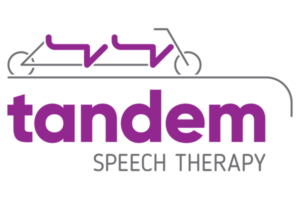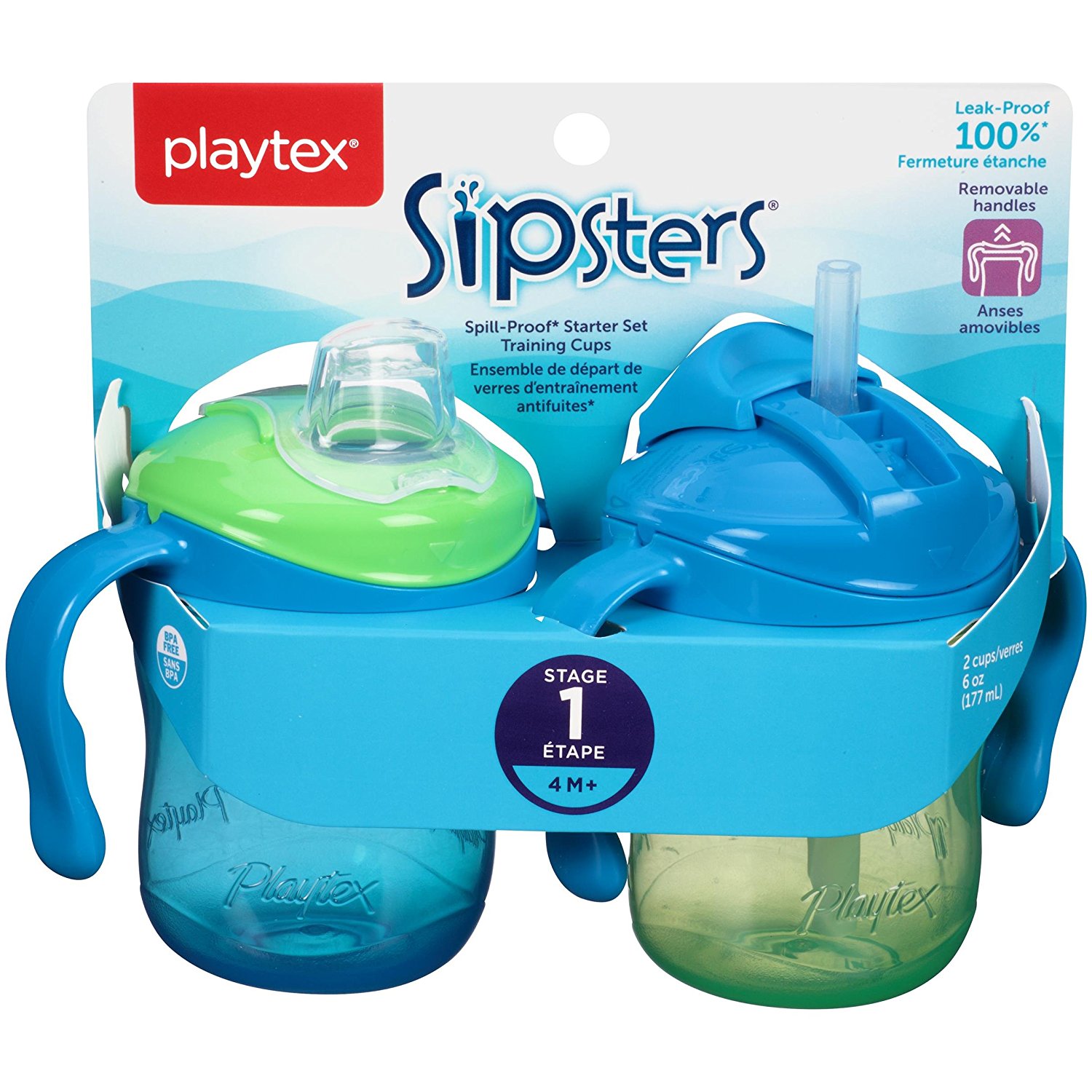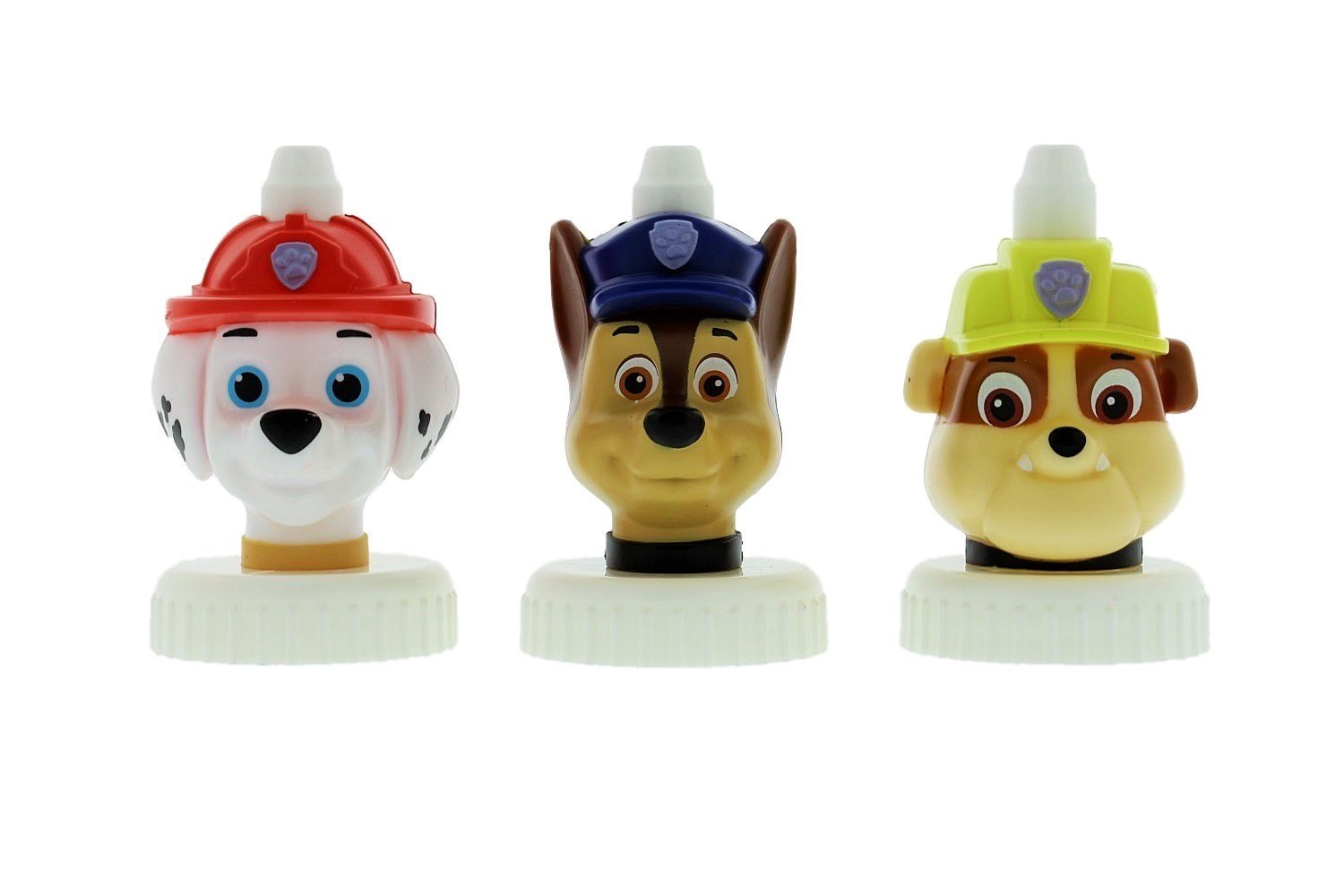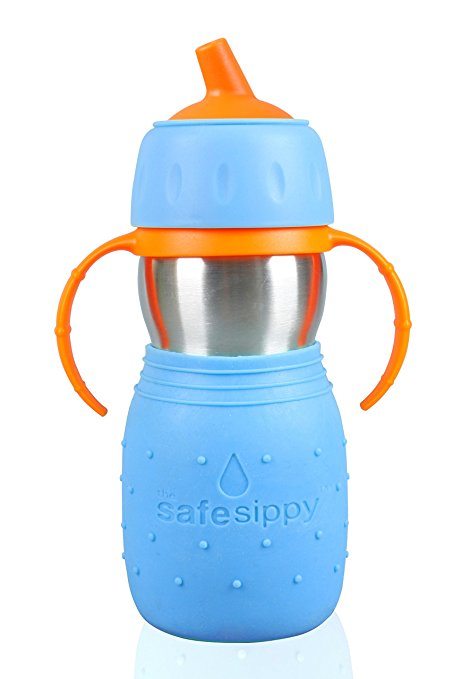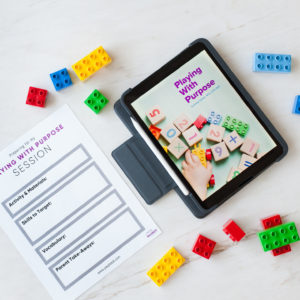This week the American Academy of Pediatrics released new guidelines on how much fruit juice your children should or in this case should NOT be drinking in a day. Here’s the breakdown:
- Children younger than 1 year should not consume any fruit juice
- Children 1 to 3 years should consume no more than four ounces of fruit juice
- Children 4 to 6 years should consume no more than six ounces of fruit juice
Instead the recommendation is to serve your children whole fruit. Whole fruit contains fiber, which slows down the absorption of sugar, as well as much needed nutrients and vitamins.
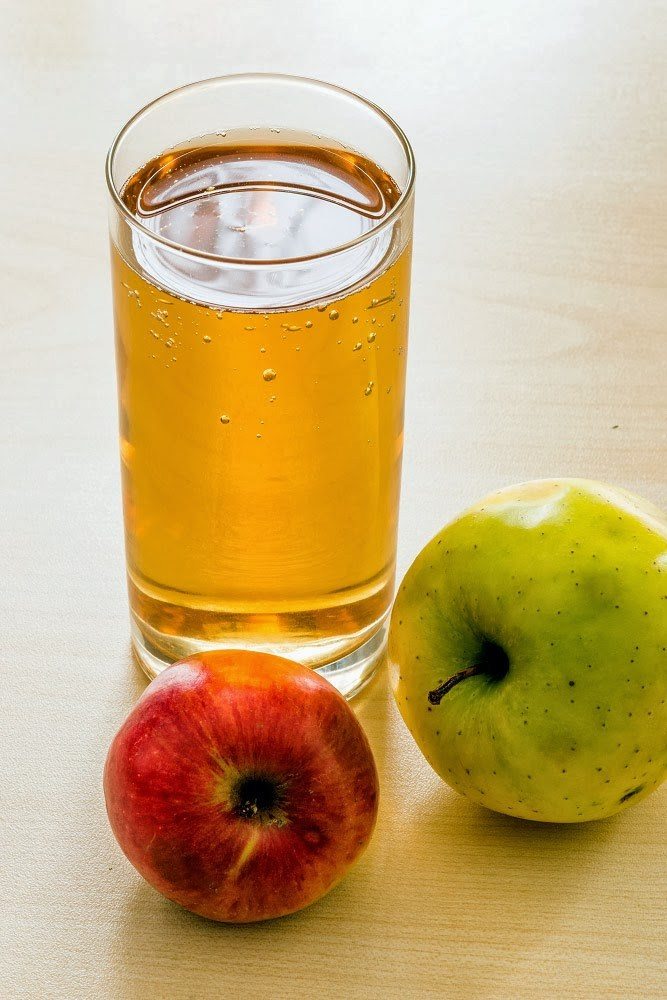
Skip the Sippy Cups!
Since we are talking about drinking, we should also talk about cups and the basics of swallowing development. Babies are born with the suckling reflex. It involves a front to back movement of the tongue. The tongue is cupped and allows for drinking from a bottle or the breast. The reflex develops around 2-3 months and should disappear or integrate at 6-12 months. The action of sucking is different–it is more of an up and down movement of the tongue. Sucking involves active use of the lips and elevation of the tongue. At 4 months old true sucking should be established. What is the main difference between suckling and sucking? Suckling is a more primative relflex and sucking is a mature motor pattern.
Sippy cups (and pacifiers) encourage a front to back motion of the tongue for drinking. Did you know that cups can be introduced as early as 6 months and straw drinking at 10-12 months?! Over-use of hard sippy spouts may get in the way of development of a mature swallowing pattern. When your child drinks from a hard sippy spout, it rests over the front one-third of their tongue. This prevents elevation of the tongue necessary for being an efficient and effective eater. When toddlers continue to use the suckling pattern, eating and drinking new foods can be messy and often challenging. Also a continuous tongue forward motion puts pressure on the teeth and can change the bite. This may result in issues with speech and language development.
The sippy cup was developed for parents, not for your child. It was developed by an engineer who got tired of his young child spilling juice on their carpet. While they are convenient, they are not an essential tool in feeding development. The ocassional use of a sippy cup will not interfere with your child’s speech and language development. But please think twice about constant use and access to one for your child.
Here are some excellent alternatives (click to learn more and purchase from Amazon):
Learn more about feeding development
Start Playing With Purpose
Learn how to purposefully and intentionally interact with your child during play and help them increase opportunities for speech and language development with our Playing with Purpose book!
